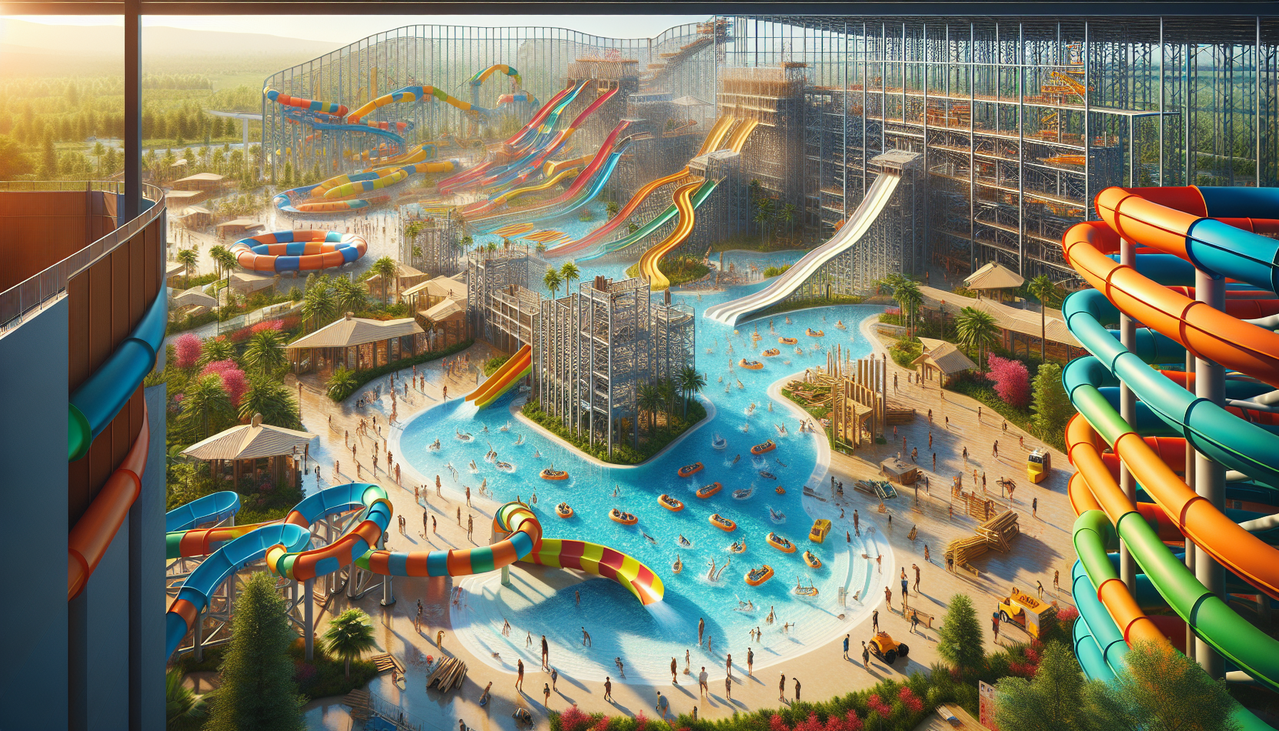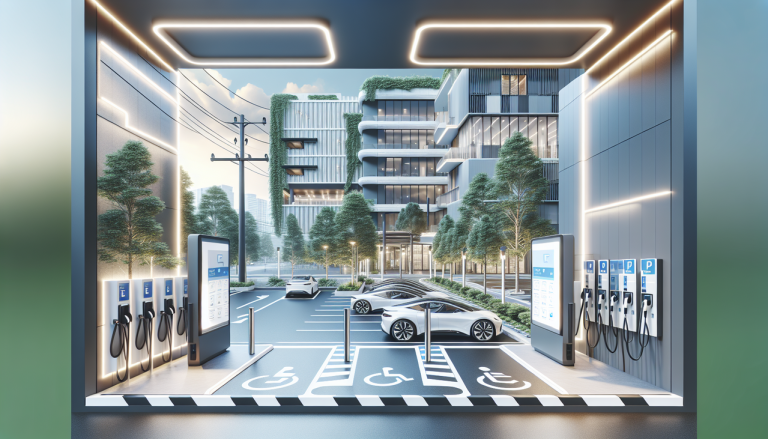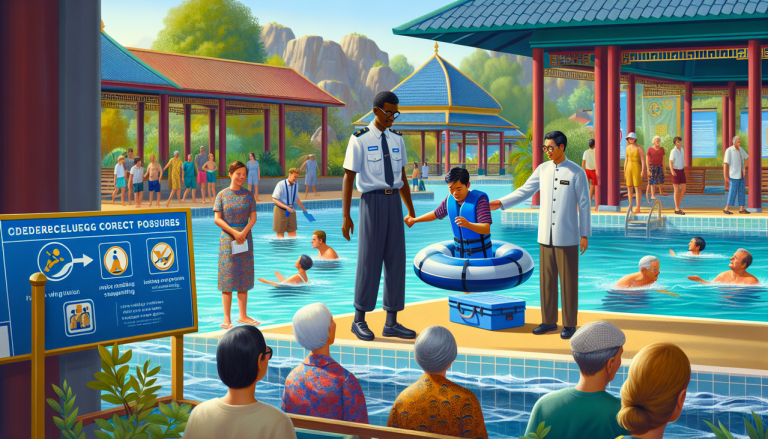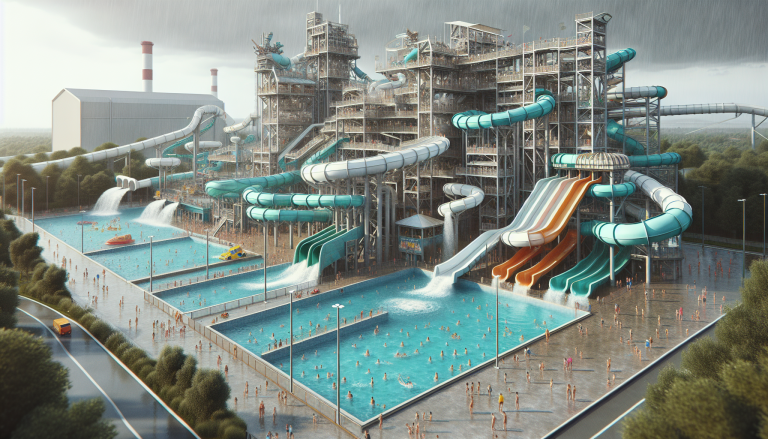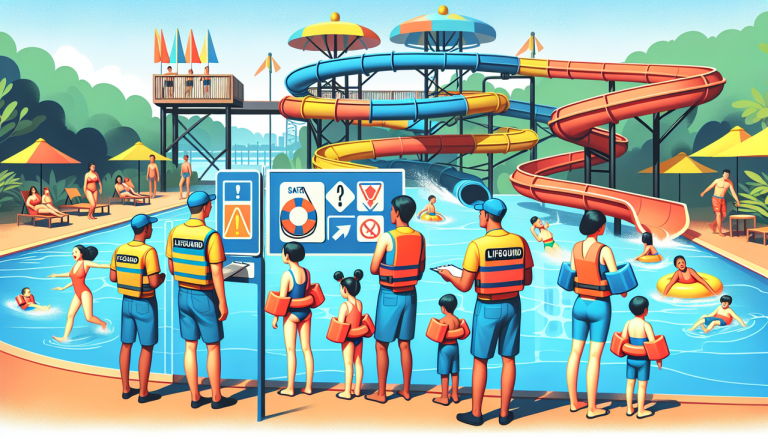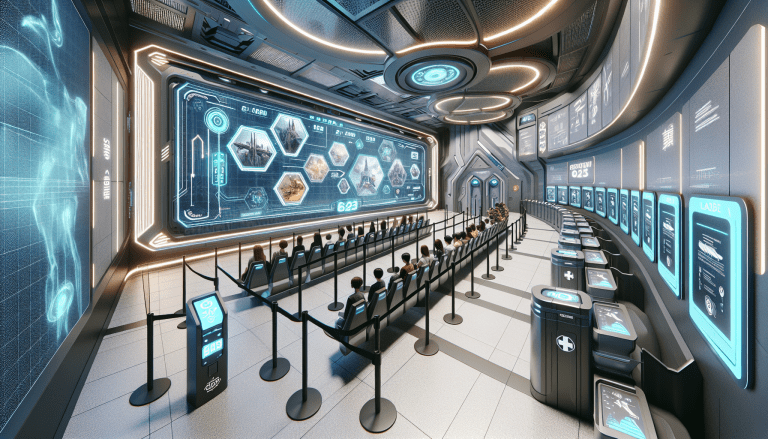Essential Steps to Build a Successful Water Park
Audio:
Text:
Water parks have become a favourite among theme tourism products in recent years. Typically, the water park construction period spans from 6 to 18 months, with the first two years often being the return period, followed by a profit period in the third year. If a water park fails to reach a return state, it is often directly linked to its planning and scheme. So, how can one expedite the project construction and ensure successful operation? Here’s a breakdown of the eight essential processes involved.
Investment Costs
1. Site and Civil Costs
The site and civil construction costs form the largest portion of a water park’s investment, typically accounting for more than half of the total investment. Within this, the civil construction costs and the equipment costs of the water park are in a ratio of about 1.8:1.
2. Equipment Investment
This includes water slides, wave-making equipment, water play equipment, and other supporting facilities. The cost of water park equipment is second only to the site civil engineering costs.
3. Operating Cost Investment
Operating costs encompass labour, advertising, service, and other expenses. These can be adjusted through strategic operation planning.
Water Park Design Process
1. Investment Planning
Conduct market, economic, and competitive research for the project site to determine the market positioning, reasonable investment amount, and investment ratio for each functional module.
2. Brand Planning
Based on investment planning, establish the project’s brand and competition strategy. This involves entertainment creativity, planning highlights and selling points, and creating differentiation from the perspective of target consumer groups and future marketing.
3. Design Planning
Transition from investment and brand planning to design implementation. Organise and deepen the design content around the project’s unique characteristics and differences. Determine construction content, functional zoning, architectural style, cultural theme, and water park construction equipment, and analyse feasibility to provide guidance on control technical indicators for subsequent design.
4. General Planning and Design
Use general planning design drawings to express the construction content and layout of the project. Determine the spatial positioning of each functional area and its connection with the outside, propose main landmark building models and important node landscape schemes, highlight design key points, and arrange the water park equipment reasonably.
5. Preliminary Design
Deepen the specific design of the zone based on the general planning design drawing. Detail key entertainment creativity and core project contents, and determine technical solutions and main parameters.
6. Construction Drawing Design
Prepare detailed general drawings, discipline-specific drawings, and construction budgets. Express technical requirements such as specific dimensions, materials, and practices for each detail.
For more insights on water park construction, visit Lanchao Water Park Equipment Manufacturer’s website.
